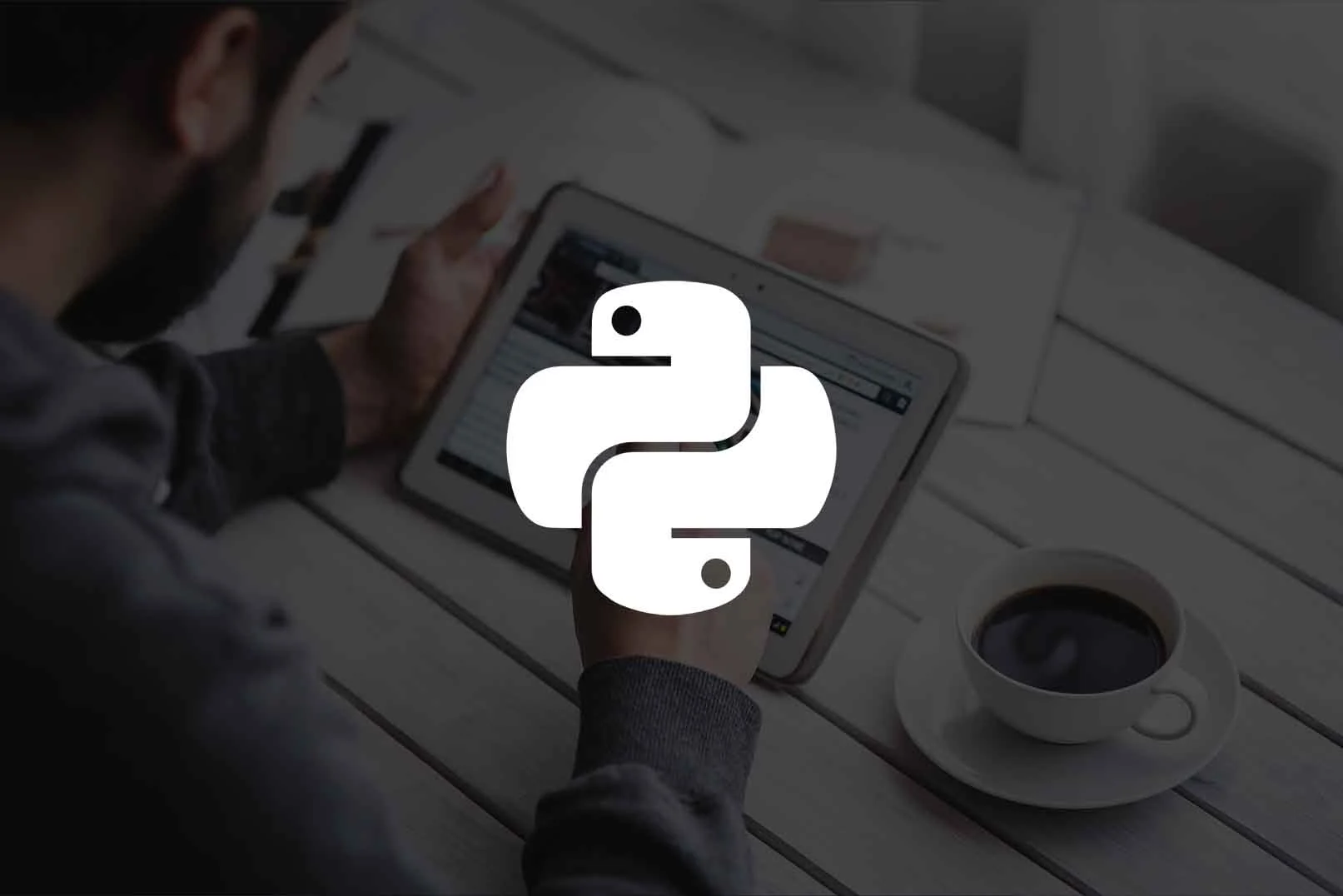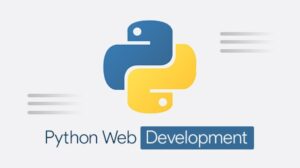Python is a unique language for developing desktop GUI and web apps with added features to simplify data analysis and visualization. When it comes to developing complex applications, Python induces a big difference with its syntax rules, making it easier to keep the code base readable and maintain the app. At regular intervals, Python version updates come with essential changes and new features for improving user experience and make things easy for web and app development. This content focuses on the latest Python 3.9.0 version, which offers many shortcuts and technological improvements to improve code performance.
Python 3.9 Features
Python has emerged as a popular language for data science and machine learning (ML) projects in the last decade. The latest Python version is 3.9.0, and the major Python update fetches a faster release schedule. In addition, there are performance boosters, string functions, union operators, and internal APIs concerning Python’s latest version. An annual release cycle promises fewer features, optimizations, and changes per release, but the release means faster feedback on feature testing. Check out some unique features that provide developers an upper hand.
Python is FasterNnow
Every new version of Python enables developers to enjoy performance improvements over the older versions. Here, Python 3.9 reveals two big improvements for boosting performance without making changes to existing codes.
First improvement – Better use of the vectorcall protocol
Vectorcall makes common function calls work faster by reducing or minimizing temporary objects. In newer version Python 3.9, Vectorcall uses many Python built-ins like set, frozenset, range, tuple, list, and dict to speed up execution.
Second improvement – Parsing of Python source code
In older versions, there were many performance issues and internal inconsistencies in the original parser. It happened due to the ineffienct design of CPython runtime. Now, faster parsing will address all performance issues, especially for large volumes of code.
Decorators Consist of Valid Expression
Decorators enable developers to wrap Python functions to change programming behaviors. In the previous version, decorators come with restricted expressions like a name (e.g. func), a single call (func.method(arg1, arg2), the @ symbol, and a dotted name (func.method). New Python version 3.9.0 ensures decorators will consist of any valid expression. Now, any expression can function as a decorator.
New Python Type Operations
Type hinting is a powerful device in Python to confirm reliability in large codebases. Python also offers extended support for type hinting to help linters and code checkers. Python code still benefits developers with type hints. Now, the 3.9 version of Python is available with two new features type annotations and type hinting and type annotations.
First feature – Type hints for the contents of collections available in Python natively
This means you can describe a list as list[int] without the need for typing library.
Second feature – Flexible function and variable annotations in Python’s typing mechanisms
It means developers can use the Annotated type to describe a type or an integer.
More Python String and Dictionary Functions
Python is famous for easing the manipulation of common data types. Now, the latest Python 3.9 version comes with new features for strings and dictionaries. There are new methods to eliminate manual operational tasks of suffixes and prefixes for strings. It is easy to merge two dictionaries into a new one with union operators and update the same.
Improvements to Python Internals
Python developers always go for the cleaning, modernization, and refining of Python’s internals. Python 3.9 is out with a few changes, including redesigning module interaction with the import machinery and cleanup initiative with ABI compatibility.
The former feature concerning Python extension modules uses a new mechanism to make modules behave more like regular. The new loading mechanism makes extension modules flexible and enables new capabilities such as advanced hooking behaviors. The latter feature allows extension modules to use the stable ABI.
Summing Up
As far as other changes in Python 3.9 are concerned, Python’s standard library supports the IANA Time Zone Database. If you are searching for web and mobile apps, you need help from leading Python app development companies that develop complex apps using the current Python version 3.9.0.
Sticking to the newer version of Python helps developers solve complexities and get quality output in a hassle-free manner.





